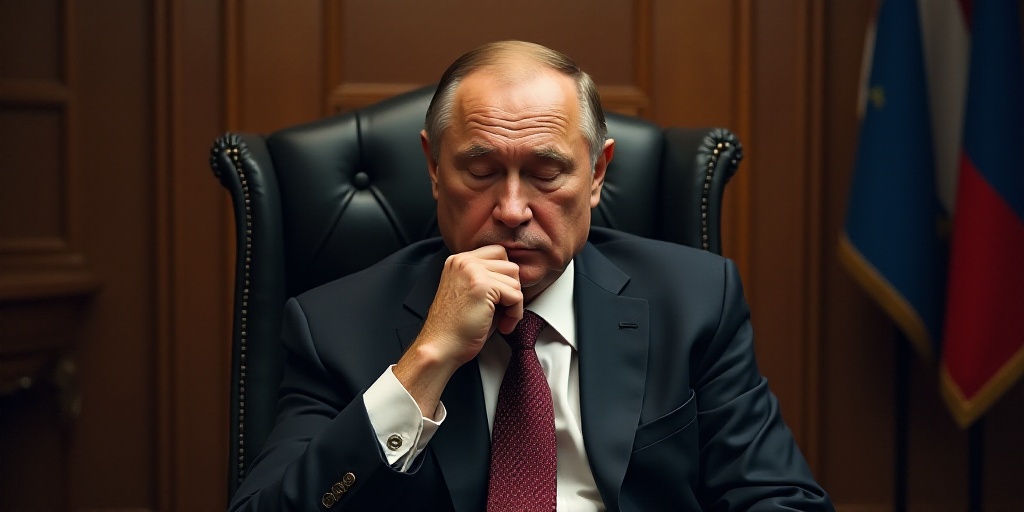Background on the Current Market Situation
The United States markets have shown a robust recovery following President Donald Trump’s moderation towards trade partners and the Federal Reserve (Fed). However, the volatility of the past two months is undeniable.
Reasons for Volatility
- Uncertainty surrounding potential changes in stance by authorities or validation of a more volatile scenario.
- Sudden injection of strong uncertainty in markets due to aggressive tariff implementation against imports and threats to central bank autonomy.
Market Recovery and Economic Indicators
Despite the volatility, US markets have rebounded strongly from their April lows. Major indices in the U.S. have regained lost ground by month-end and into early May.
This level of volatility is unusual. The VIX index, a traditional measure of market volatility, nearly tripled; it usually stays below 20 points but surged over 50. The index closed at 23 points yesterday.
These market shocks are rare. If you observe any major index’s graph for April, you’ll see a steep decline followed by a violent rebound. The causes are well-known: aggressive tariffs against all imports and threats to central bank independence, followed by contradictory statements advocating for a more moderate stance.
Economic Growth and Investment
The US growth, distorted by potential aggressive tariff implementation on imports, has shown strong spending in services and even positive growth in residential investment.
A recession scenario has further faded with the non-farm payroll data released last Friday, which exceeded market expectations and is consistent with modest economic expansion.
However, it’s unclear whether significant growth reduction will occur due to the current uncertainty. Also, it remains uncertain if the Fed will act aggressively should more robust signals of slowdown emerge, given inflationary pressures still keep expectations well above the target.
Market implied futures rates for the federal funds rate suggest that the central bank will lower rates four times, placing them between 3.25-3.5%. This cycle could start as early as June, according to current perceptions.
Currency and Commodity Impact
In conjunction with the above, the US dollar has weakened against most currencies, and oil prices have plummeted in recent days. Clearly, markets have become highly sensitive to political news.
Investment Strategy in the Current Environment
Formulating an investment strategy in this environment is challenging. In the short term, either of two things must happen: the U.S. government softens its messaging and establishes a more sensible policy guide, or it maintains its erratic behavior, sustaining market volatility and resulting in poor returns.
For now, growth appears elevated, supporting stock markets. However, risk intensity remains high, justifying caution.
About the Author
Rodolfo Campuzano Meza is the General Director of INVEX Operadora de Fondos de Inversión.






